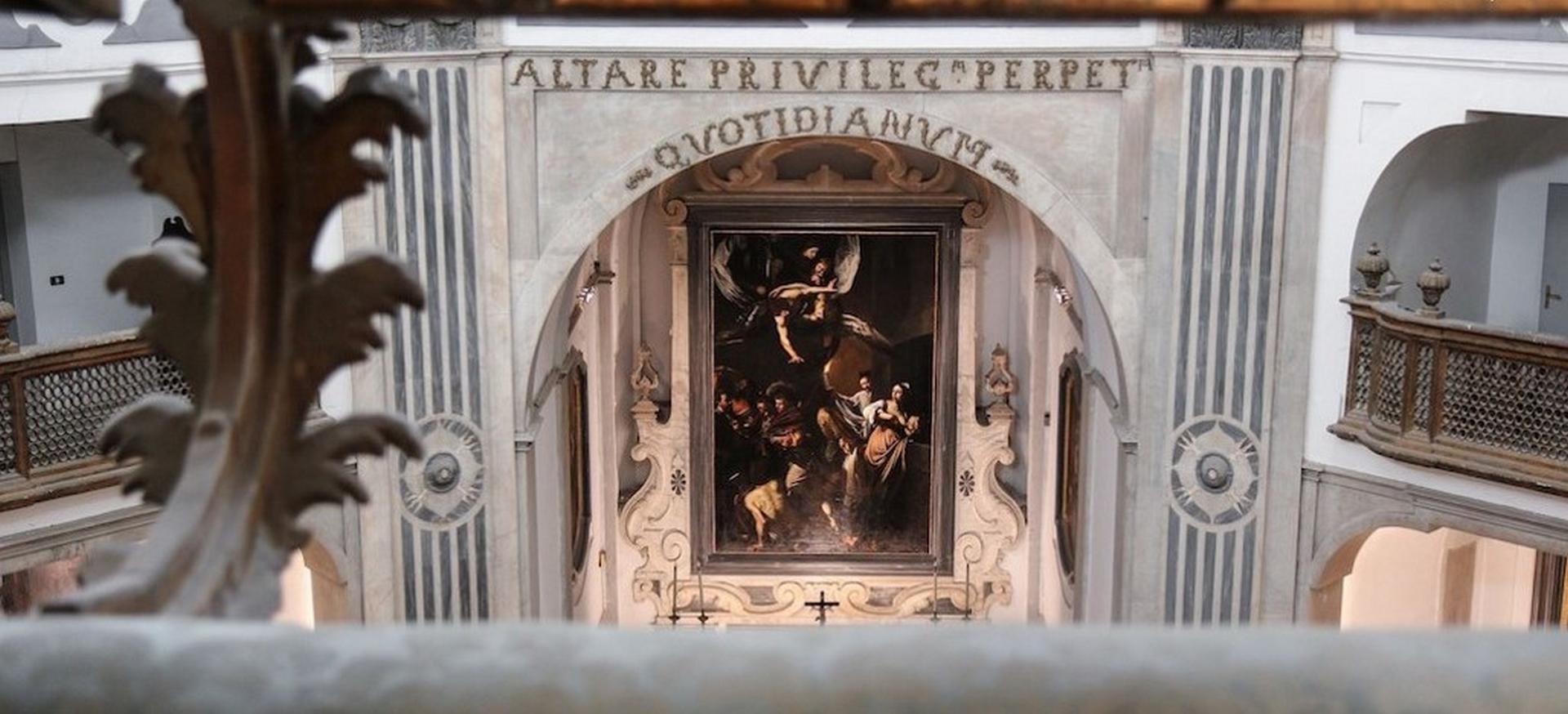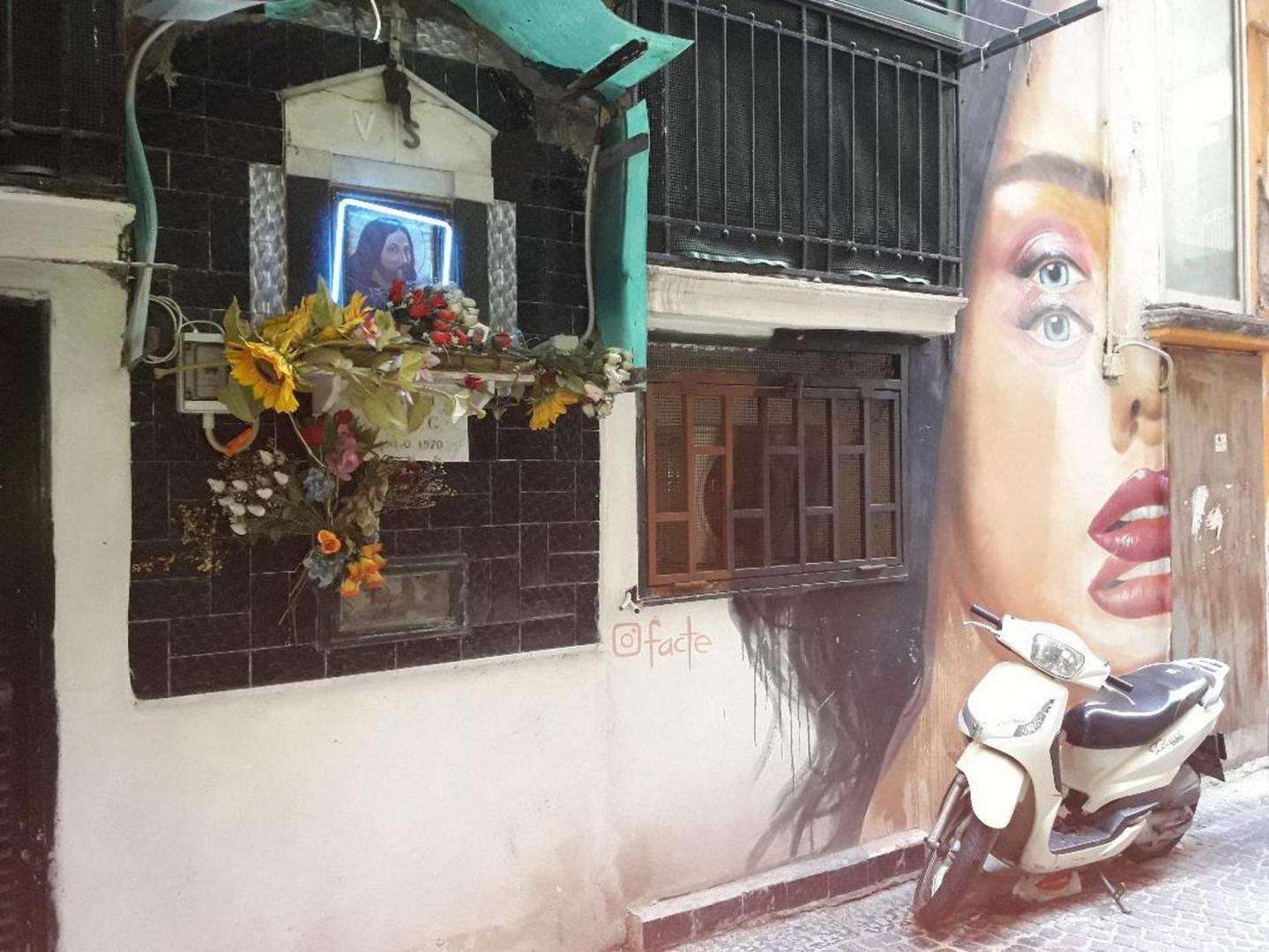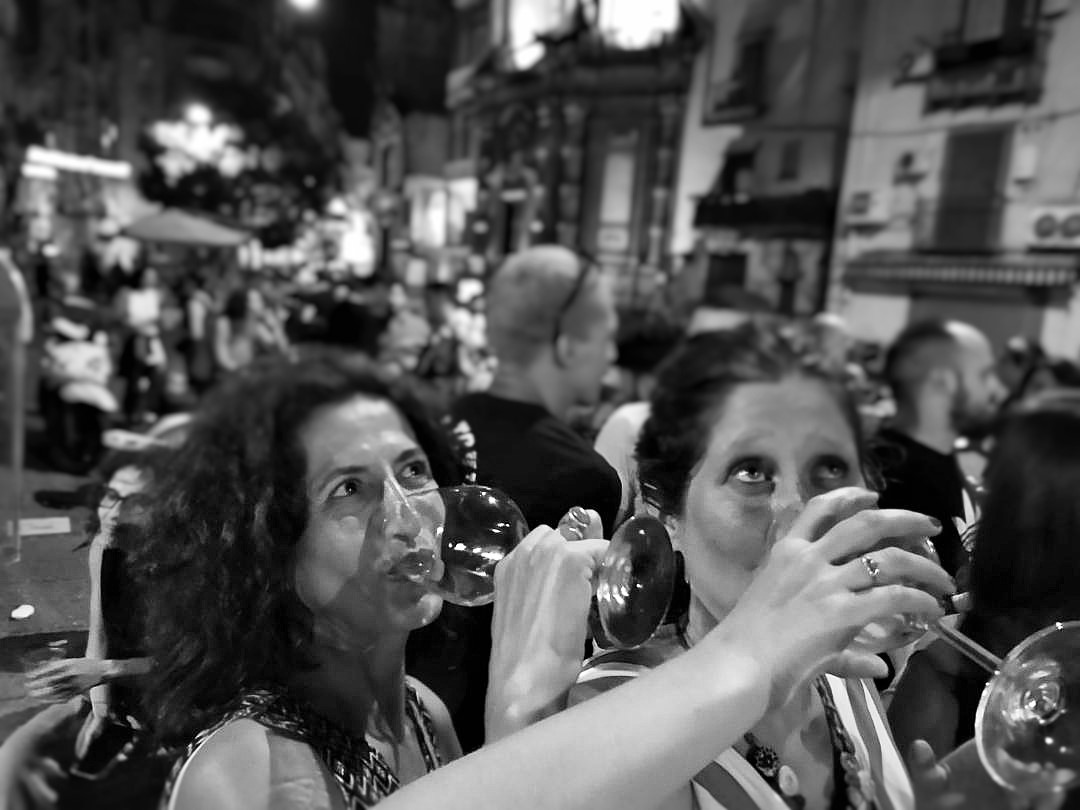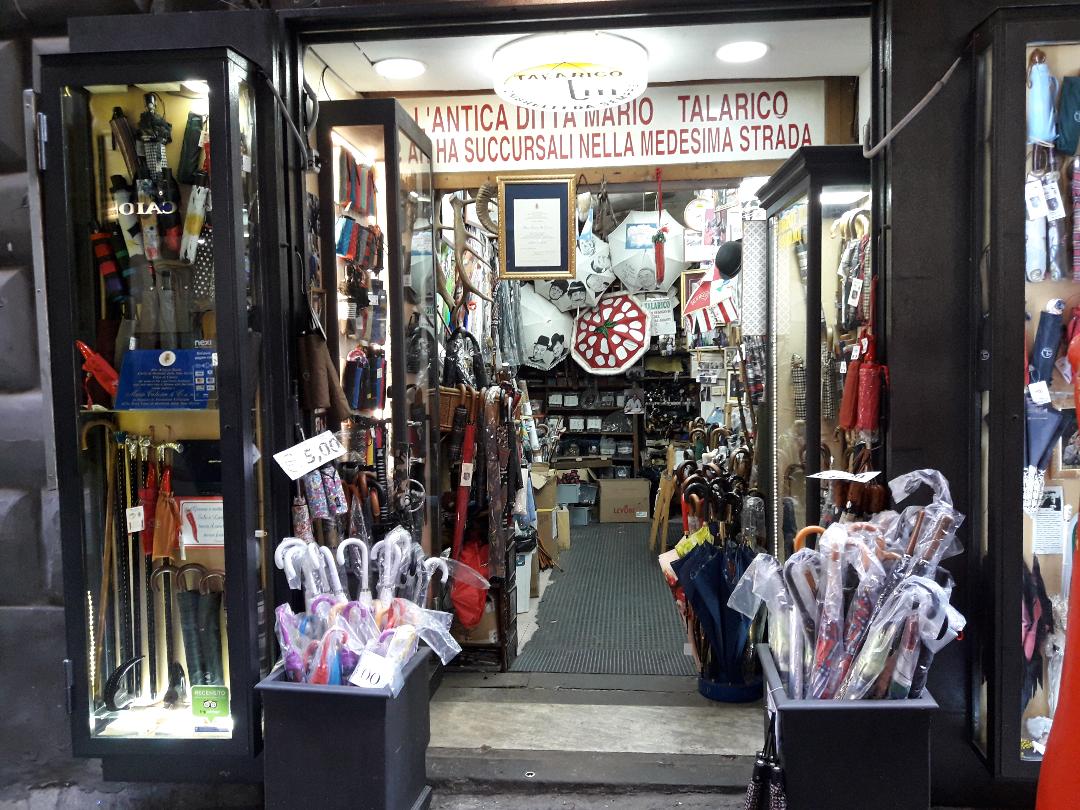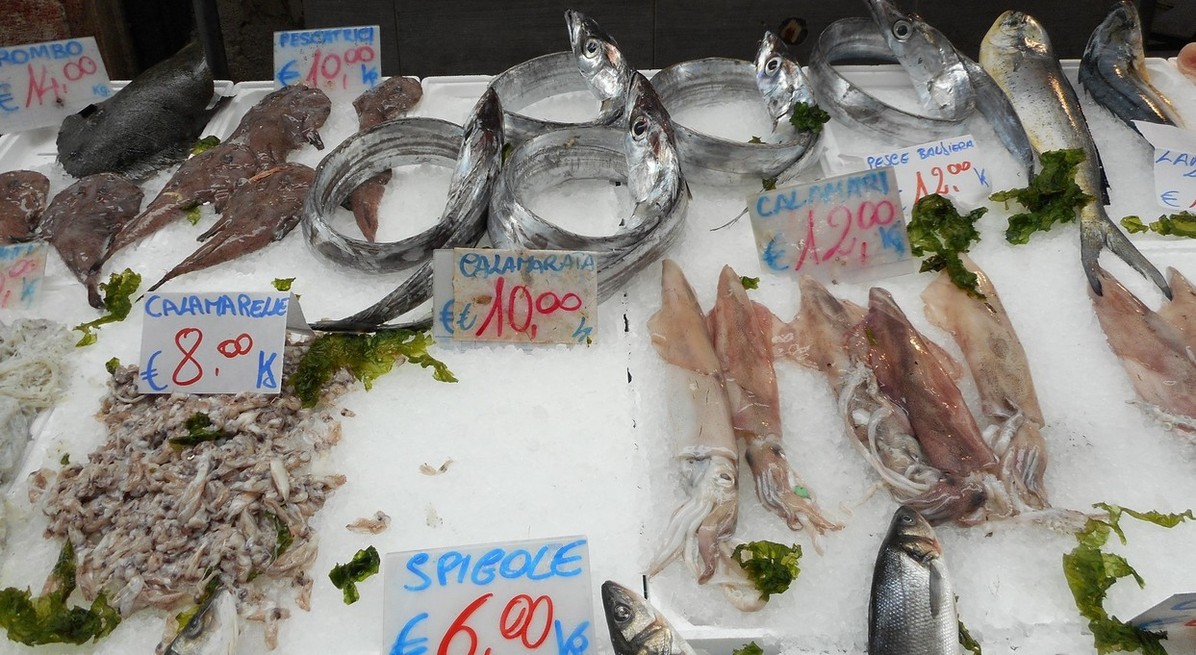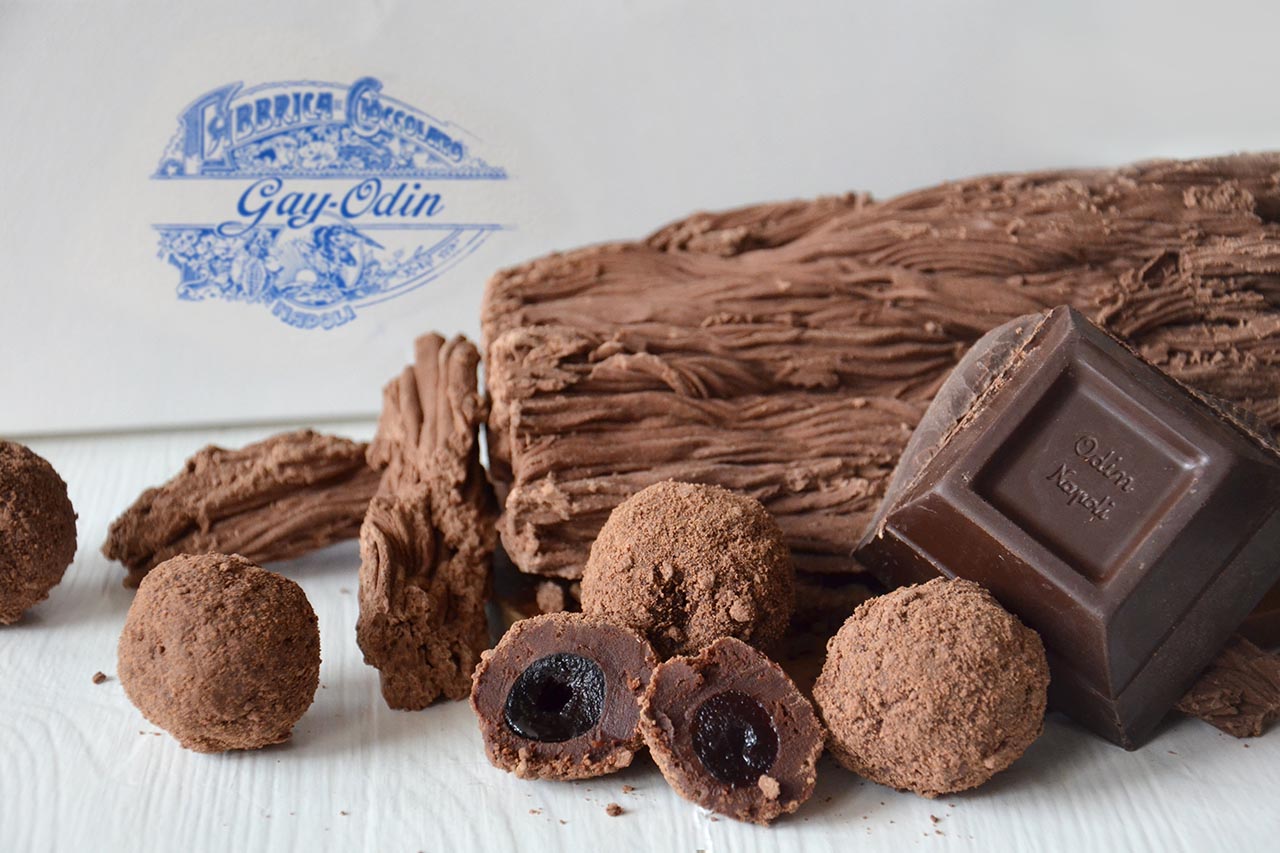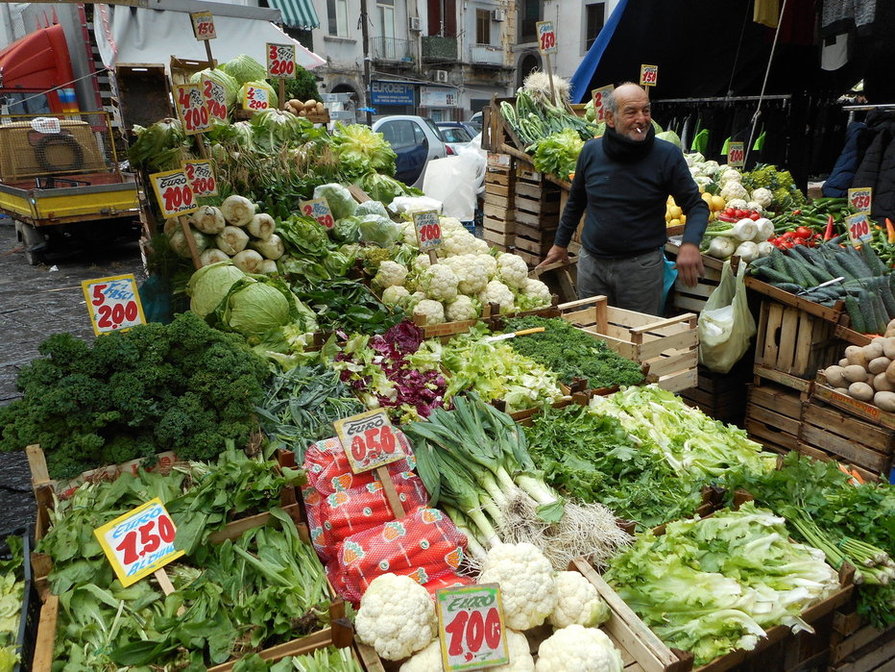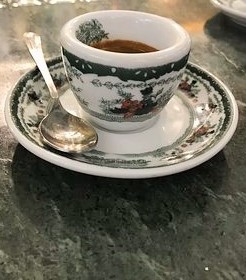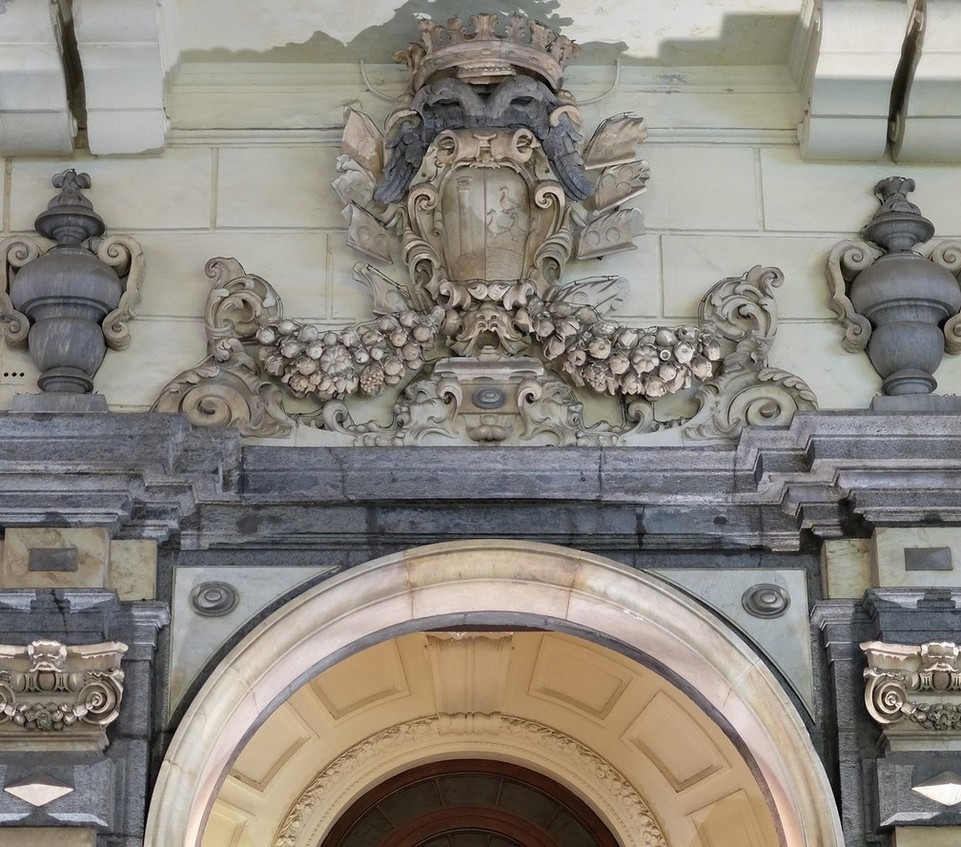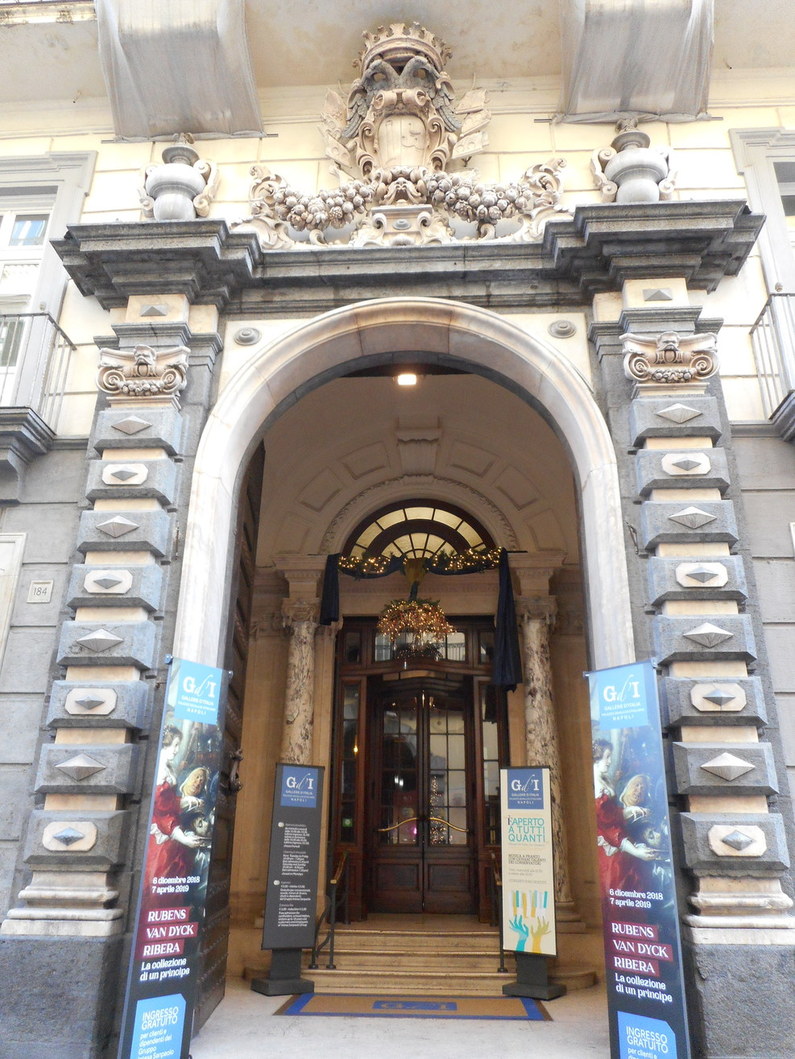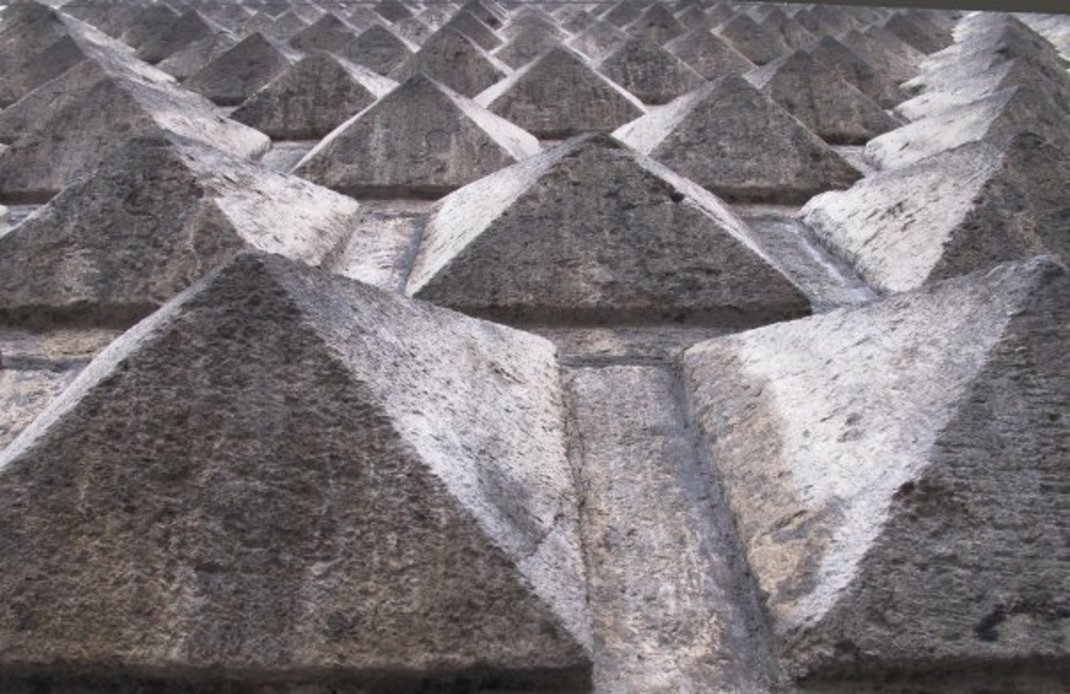Naples is a social city and any evening is fair game for catching up with friends and meeting new ones.
This city is never lacking in fun places to go. As this summer season officially winds down, the city is actually winding up. Residents are returning with their golden tans from seaside villages and visitors are milling about, taking in the late August energy of our favourite city.
There are many spots popping up and of course our standard favourites that we’ve been going to for years.
Shall we share our secret and not-so-secret bars? Oh yesss!!!
Naples is hot in the summer and as always chaotic, crazy, stressful, never banal, unique and fabulous. From Monday to Sunday our city’s streets are full of people and bars are the perfect setting for a quick coffee and then later on an aperitivo. Never boring, these spots often feature live music and always offer a great opportunity for people watching.
Other than the “baretti” –little bars- in the Chiaia area and the busy piazzas of the historical centre, we much prefer to go to the off the radar places that aren’t necessarily trendy or chic but are tucked away in places where we can relax and enjoy the moment.
Drinking a fabulous glass of Fiano, Greco, Pallagrello, or a Spritz made with Campari (strong, red and a bit bitter), Aperol, (sweet and orange) or Limoncello (nice and fresh) served with Neapolitan kindness from all the colourful people who guarantee a fun and welcoming time between their story telling and joie di vivre.
Here’s the short list of Naples Fabulous’ favorite places:
Cantina Sepe – Via Vergini – open till 20/2030 most days. On Thursday until around midnight they offer some of the best local musical and DJ talents and home-cooked food at their now well-known Aperi-Sepe. Come ready to meet lots of new people and be prepared for standing room only-or get there before 8pm to grab a seat around their outdoor wine barrels.
Stà Ben – vico Due Porte a Toledo – Tucked away on a little vicolo just off of Via Toledo, Stà Ben is quite inexpensive, very friendly, lively and you will most likely share a bench or table with a diverse group of people while listening to music oozing out of this tiny gem. No food is served (you can buy chips) but there are plenty of trattoria and pizzerias just around the corner if you get hungry.
Fahrenheit winebar – via San Sebastiano – This lovely modern-design bar offers good music, comfy sofas and a really friendly owner/bartender. Each quite affordable cocktail is served with an array of the evening’s offering of snacks such as olives and cheese. It’s a laid-back place to catch up and watch the world walk by.
Cisterna Cafè & Bistrot – via Cisterna dell’Olio – The atmosphere is warm, artistic and welcoming with lovely lighting and delicious cocktails. On some evenings it offers an extensive Milan-style buffet so there’s no need to eat dinner! It gets busy for dinner after 9pm so come early to grab a table. A perfect place for a pre or post-cinema drink.
Superfly – via Cisterna dell’Olio – This is an all-time favorite of Naples Fabulous. Gianni, the ever-talented, stoic owner and bartender extraordinaire will also serve some of the best music in the city. Superfly is understated and original, full of music collages, funky décor and was the first real cocktail bar in Naples.
Berisio – Port’Alba – One of the more unique places to get a drink is this bar which is at Port’Alba. There you’ll sit on stacks of books among a collection of literary works as you sip a beverage from a great range of delicious international beers, Italian wines, and cocktails.
Canapa Bistrot – Via Bellini – This bar is nestled in a little tree-lined piazzetta which offers great beer and small plates based in hemp as well as wines and cocktails. You can also taste delicious Greek and Sri Lankan food from restaurants next door.
Nam 43 – via Costantinopoli – A lovely spot which has a great wine list and yummy, fresh vegetable-based bites offered with each glass of wine or Spritz. You can also dine here with creative, local dishes both outdoor and indoor.
Sciò – Vico Buongiorno – One of our most favorite places just opened this summer in Vico Buongiorno -what a fabulous name! – and we’re hooked. The outdoor seating are framed with street art with glowing candles and fun music. The service is excellent and each time you’ll be sure to have a generous and delicious array of snacks with your drink. It’s affordable and quaint and the indoor space is also lively.


